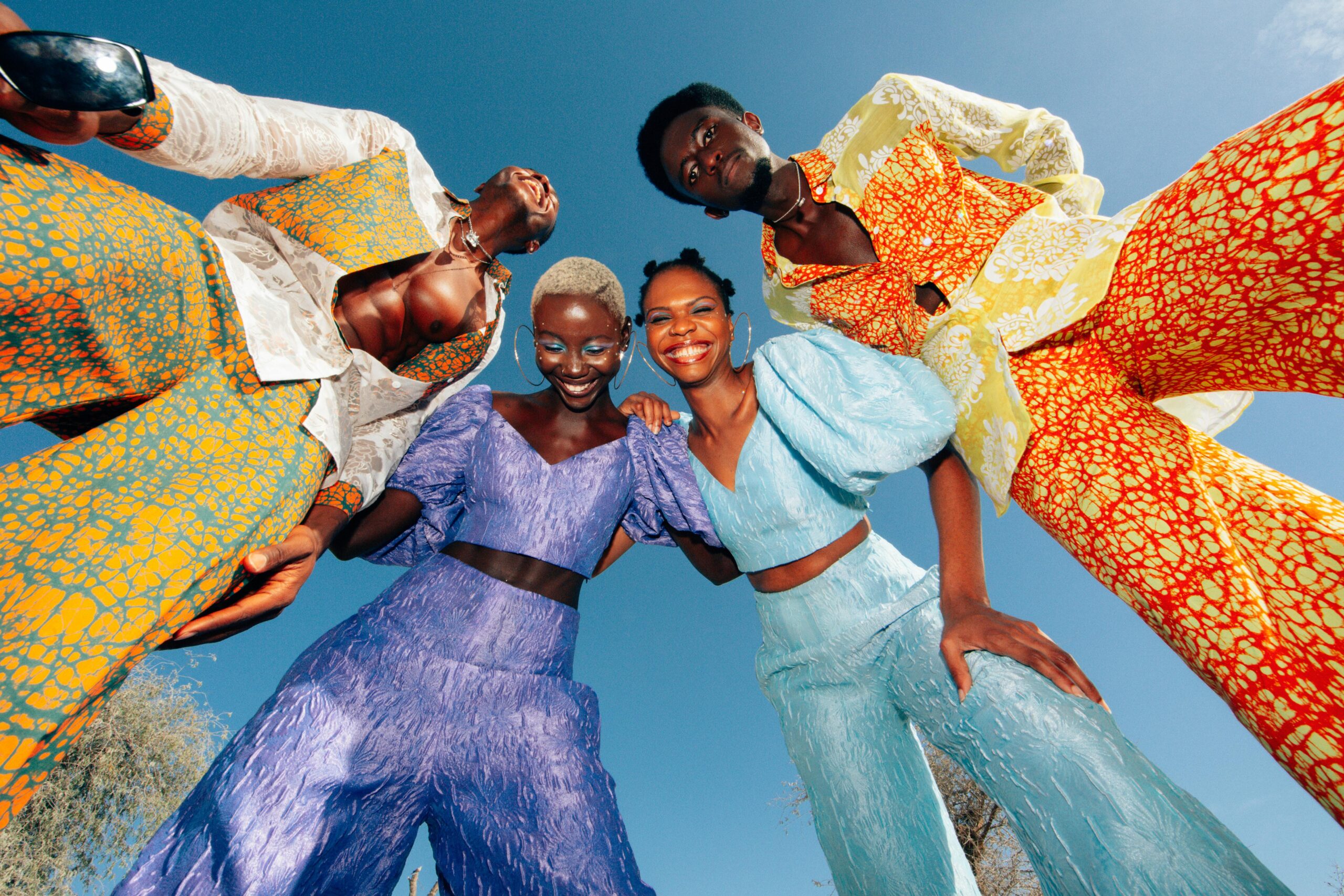Fashion
Afro Nation Style: How Fashion Plays A Role | Atlanta Daily World

In Detroit, a city renowned for its African American heritage and as the birthplace of Motown and techno, the highly anticipated Afro Nation Detroit 2024 will serve as far more than just the world’s largest celebration of Afrobeats music. It will serve as an exploration of how fashion plays a powerful role in cultural expression, style and sustainability.
Humans are now consuming 400% more clothing compared to 20 years ago. That’s 80 billion new items of clothing a year. This leads to the average American generating 82 pounds of textile waste every year.
This staggering increase in consumption is largely driven by the fast fashion industry, where brands like Shein, Fashion Nova, Temu, CIDAR, and Zara produce high volumes of clothing at lightning speed and at a fraction of the price they used to.
Personal stylist and Express Style Editor, Jeramiah Roberts a.k.a. Fashion Mr. broke down why consumers are attracted to such retailers, saying: “Black Americans often shop at big box stores like Macy’s, Dillards, and Zara, among others. These retailers attract Black American consumers by offering a combination of quality products, recognizable labels, significant savings, and an overall positive customer experience,” he said. “Quality within reason is a major draw, as well as the appeal of fashionable, well-known brands and the opportunity to find good deals. Additionally, a welcoming and supportive shopping environment plays a crucial role in attracting and retaining these consumers.”
He added: “By focusing on the cost per wear of garments, we can see the value in investing in high-quality pieces that last longer, ultimately making our wardrobes more economical and environmentally friendly.”
This model allows consumers to update their wardrobes quickly and affordably, but it comes at a high cost. The over-consumption of cheaply-made clothes is not only creating mountains of textile waste but also depleting natural resources and raising serious social issues, including human rights violations in the manufacturing process.
“While fast fashion isn’t likely to disappear anytime soon, it’s crucial for us to champion more sustainable practices to reduce its harmful impact on the environment and society. Roberts says education is key, stating: “We must inform ourselves about the true costs of our clothing choices.”
However, there’s one part of the world that seems to be leading the charge when it comes to sustainable fashion.
In stark contrast to the fast fashion industry’s relentless cycle of new collections every few weeks, West African designers are pioneering a model known as “customised prèt-a-porter.” This approach involves creating limited-edition, ready-to-wear clothing that emphasizes creativity, individuality, and sustainability.
Unlike the homogenous designs churned out by fast fashion brands, West African designers produce unique pieces that reflect the socio-cultural milieu of their cities. They release collections less frequently, typically twice a year, allowing for more thoughtful and innovative designs.
For instance, West African designers often use African wax print fabrics in their collections. These fabrics, while machine-produced and relatively affordable, are transformed into high-end fashion pieces through flamboyant and creative design. Some designers combine these prints with exclusive materials like handwoven aso oke or kente cloth, blending traditional and modern elements to create something entirely unique.
The emphasis on exclusivity, uniqueness, and individuality is a core aspect of this fashion model. Designers cater to specific target markets—whether it’s corporate women, businessmen, or religious leaders—and often project their own personalities through their collections. This personalization creates an emotional bond between the clothes and the wearers, making these garments cherished items that are kept and cared for over long periods.
“With limited-edition garments, everyone doesn’t end up with the same pieces, making each item unique and special. I have a great appreciation for West African designers and follow a few on Instagram. Their garments’ uniqueness and distinctiveness are truly inspiring,” Roberts said.
Moreover, the traditional methods of maintaining and laundering clothes in West Africa, such as hand washing, not only prolong the life of the garments but also reduce the environmental impact. These practices are a stark contrast to the wasteful cycles of fast fashion, which often lead to clothes being discarded after just a few wears.
Aja Barber, a writer, stylist, and consultant explores the connections between sustainability and the fashion industry. She offers this sound advice: “When you give yourself certain parameters for how you buy and consume, it really forces you to think outside of the box and be a little bit more imaginative with what you’re purchasing. And that can result in a really interesting shift in your personal style,” she says. Barber’s guidance for those looking to shop more consciously? “Take a purposeful pause from buying clothes. Take a break from the apps. Let your brain reset.”
While we look towards a future of more responsible consumption, the innovative practices of some of these other designers and fashion experts offer a compelling blueprint for balancing creativity, sustainability, and cultural expression through our personal style.
“Fashion significantly impacts one’s artistic expression because it’s an outward reflection of who we are. For instance, you wouldn’t find an Afrobeats artist wearing a navy full three-piece suit with leather lace-up shoes,” Roberts said. “Instead, you’d see vibrant colors and looser-fitting clothes that are comfortable for dancing. When you have the opportunity to be creative with your look and stay true to yourself, take it. It’s true that when you look good, you feel good.”
As Afro Nation Detroit 2024 approaches, it’s essential to recognize the role of fashion in not only expressing cultural identity and style but also in addressing global sustainability challenges. The festival provides a platform to showcase how individuals are truly pushing the boundaries of their own creativity.









